By David McArdle –
Championship Manager (or Football Manager, when referring to its modern-day appellation) crystallised a band of binary football legends, spanning the likes of Tonton Zola Moukoko, Kennedy Bakircioglü, Tommy Svindal Larsen and Ibrahima Bakayoko, to name but a few. Fanatics of the now-legendary computer game often recite their favourite players, like a muso trying to eclipse a brethren by referencing an even more obscure (yet classic!) album.
Accordingly, a form of Ostalgie aroused Futbolgrad to collate what we deemed to be the finest starting XI from the former Soviet Bloc to have graced the small, and heavily-pixelated, screen. However, for those (shamelessly) unfamiliar with the more-than-just-a computer-game’s concept, a brief outline will be provided beforehand.
Being born in the mid-80s would have increased the chances of Championship Manager 2 (released in 1995) characterising your adolescent years. Amongst other things, CM, as it was lovingly named, provided an oasis to quench a young man’s Wenger-like fetish for football, a purgatory period until reaching pub-acceptable height and, of course, a form of compensation for calamitous encounters with the opposite sex…
Particular idiosyncrasies of the Championship Manager era include the clunky sound of a new edition loading for the first time (a sensation as close to foreplay as the average gamer would have had experienced); a ‘one-last-game’ mantra, which never seemed to satisfy a narcotic-like zeal for virtual, managerial success; ‘careers’, as each new game would solemnly be called, being discussed using boardroom speak in classrooms to the bewilderment of the ‘others’, a leperous group destined for excommunication; superstition, as prevalent as in bookmakers, with defeats deliriously blamed on events such as abrupt dinner arrivals from understandably worried parents. Scandals would circulate the school corridors, including the rumour of the guy who would tamper with his saving settings in order to quantum leap to a more successful spell or the tale regarding a friend’s brother who would prepare his suit and tie to be worn *only whilst managing his side in cup finals…
We encourage any contestation to our selection and warmly welcome additional players we have neglected. In 4-3-3 formation (selected by David McArdle and Alastair Watt):
Goalkeeper
Ruslan Nigmatullin (Russia)
Some may be surprised not to see Igor Akinfeev here. However, Kazan-born and ethnic Tatar Nigmatullin shades this heads-or-tails selection (as a result, Akinfeev will sulk on our imaginary bench). Work permit problems would often hinder moves to the UK. However, Nigmatullin would amass enough caps for the CM Border Agency to welcome him to the windy shores with a stiff upper lip. Nigmatullin’s finest years in CM coincided with real success in 2001, when he was voted Russia’s player of the year.
Defence
Lasha Chelidze (Georgia)
Kutaisi-born full back Chelidze firmly fits into the category of ‘unfulfilled potential’ (in reality). However, as an eighteen year-old playing for his local side, Lokomotiv Kutaisi, Chelidze was a steal for any gamer willing to send scouts beyond Russia’s wild Caucasian frontier to enjoy the flowing wine, windy streets and intoxicating hospitality of the Georgians. If aforementioned scouts were ever to return, Chelidze would be spotted gracing CM’s finest and Milan was often his preferred destination, a homage the programmers made to his fellow countryman Kakha Kaladze, Georgia’s new Energy Minister (an appointment that seems surprising, and indeed concerning, given Kakha’s somewhat languid approach to his duties on the field as a player).
Oleg Luzhnyi (Ukraine)
Nicknamed ‘The Horse’ for his style of play (one must assume), Luzhnyi was another bargain buy, this time from aging giants Dynamo Kyiv. A full back willing to support, encourage and start any attack, Luzhnyi, despite appearing to look like a doorman at a shady nightclub in Donetsk, was also surprisingly nimble with the ball at his feet (again, relative to first impressions). Luzhnyi would grace the EPL with Arsenal before limping away from English football after moving to Wolverhampton. Understandably, he wanted home and amazingly lasted a whole season before escaping to the mighty FK Venta, based in Ventspils (Latvia’s sixth largest city no less).
Zurab Khizanishvili (Georgia)
Despite the fact that latest performances have induced genuine fears from some that Zurab was presenting symptoms of arthritis, at his peak he was, somewhat, less economically paced. Currently winding down his career in Turkey with Kayserispor, Zurab did not always choose the easy option and found himself stranded, like a hungover groom the morning after his stag party, in Dundee: Scotland’s superlativeless fourth (or is it fifth?) city, and self-titled City of Discovery. At Dundee, Zurab could be bought for as little as £1 million and if paired with an eager and pacey centre half, the big-small, slow-fast combination could build a solid, if unspectacular, foundation to your side.
Viktor Onopko (Russia)
Whilst being born in the Ukraine’s southeastern city of Voroshilovgrad (now Luhansk), Viktor opted to play for Russia, which resulted in 109 caps (plus four for CIS). For CM scouts, Viktor could be found, for the bulk of his career, at Oviedo, the capital city of the Principality of Asturias. As such, transfer fees were never a problem nor were the dreaded work permits (for UK clubs), which made Viktor a steady purchase.
Midfield
Ilya Tsymbalar (Ukraine/Russia)
Indecisive Ilya, who played for both Ukraine and Russia, appeared reluctant to leave the soft sandy beaches populated with tipsy, bikini-clad Slavic blondes of his hometown, Odessa. When he did pluck up the courage to move on, he made the holy pilgrimage to the quiet and conservative monastery known as Moscow. A star in the 97/98 edition, Tsymbalar, a name surely abbreviated (or simply changed completely) by most players in conversation, the real concern was trying to find a solution in order to place Ilya into a conservative 4-4-2. As a DMRL (or to the layman, a defence-minded midfielder who could play on the left or on the right) piecing Tsymbalar into a side was like anxiously flipping a tetris piece for the twentieth time to no avail.
Anatoliy Tymoshchuk (Ukraine)
Tymoshchuk was the ultimate DMC (defensive central midfielder): strong in the tackle, with good passing and a reasonable understanding of where the opposition’s goal is. Unlike some others in this post-Soviet select, Tymoshchuk fulfilled CM’s vision to become a world beater and went on to star for Zenit Saint Petersburg before moving to Germany to play for Bayern Munich.
Juris Laizans (Latvia)
Versatile. It’s often a flattering adjective used to describe a player who is equally shambolic in a number of positions (Phil Neville, anyone?). But it would be difficult to overstate just how good a signing the ambidextrous Riga-born Laizans could be, particularly if you were working with slender means, such as battling bankruptcy in the lower reaches of the Scottish Premier League. Laizans’ peak era in Champ was circa 2001, a few years before Latvian accession to the EU meaning a work permit was needed to acquire Skonto’s master of all trades. Being a mainstay of the Latvian national team, this was seldom problematic and neither were wage demands with little more than $1,000 per week usually enough to tempt him away from the Baltic coast. Currently in his fourth spell at Skonto, the 33-year old continues to soothe selection headaches for club, and indeed country for whom he has 108 caps.
Attack
Maxim Tsigalko (Belarus)
Anyone who’s anyone in the Champ fraternity has a Maxim Tsigalko story. Like John F. Kennedy, we all remember where we were when we first discovered this Belarusian. Bringing up the striker’s name in the right circles would trigger hours of tall tales of when Tsigalko scored 60 goals in one season for UEFA Cup-chasing Southampton, before having to be sold to one of Europe’s elite for a Belarusian dictator’s ransom. A chairman’s dream particularly given that, notwithstanding that pesky work permit, you could secure the Dinamo Minsk teenager for a handful of Belarusian rubles. Goal machine doesn’t really cover it, more a nuclear power plant. Tsigalko, like many of our eleven, didn’t hit the same heights in real life, retiring at the age of just 28 after spells in Kazakhstani and Armenian football, as well as in his native Belarus.
Viktor Leonenko (Ukraine)
Much like his city of birth Tyumen in Siberia, the Dynamo Kiev marksman Leonenko was ice cold in front of goal. A powerhouse of the earlier versions of the game, one glance of the Ukrainian international’s name on the on-screen commentary relieved cold-turkey sweats as the coveted “GOAL FOR TOTTENHAM” sign would invariably begin to flash. As part of a fearsome forward line at Dynamo Kiev in the mid-1990s, it took a few million to wrestle Leonenko from the Ukrainian capital but this was quickly repaid in last-minute equalisers and cup-final hat-tricks. Three times winner of Ukrainian Footballer of the Year between 1992 and 1994, Leonenko slid into the shadows upon the emergence of devastating duo Sergey Rebrov and Andriy Shevchenko and is now a commentator on Ukrainian TV having retired with a surprisingly modest 14 caps for his adopted country.
Wartan Ghazarian (Armenian-born)
There has been a many an Armenian in Lebanon, but there’s only one Lebanese-Armenian we are interested in here. Born in Yerevan during the Soviet Union, Ghazarian moved to Lebanon, not normally frequented by Champ enthusiasts looking to spend their transfer warchest. However, for the more intrepid ‘managers’ out there, willing to scout the Lebanese league and dodge the bullets and bombs of Beirut, they would be richly rewarded with this discovery. An unselfish frontman, Wartan was no stranger to an assist or a goal and you could comfortably expect 30 of each per season at any level. Lebanon’s top scorer of all time, Ghazarian returned to his native Yerevan after retirement still utterly oblivious to the legendary status he has among Champ anoraks worldwide, until now.
David McArdle is a PhD candidate studying Central Asian studies in the UK but is currently a resident of Bishkek (Kyrgyzstan). Originally from Greenock (Scotland), travels through Eastern Europe and the Balkans as an undergraduate precipitated his obsession for the region. Having also lived in Belarus and Georgia, David’s other (non-footballing) passions include kitsch 80s music and Russian literature. You can follow David on Twitter @FrunzeAlba


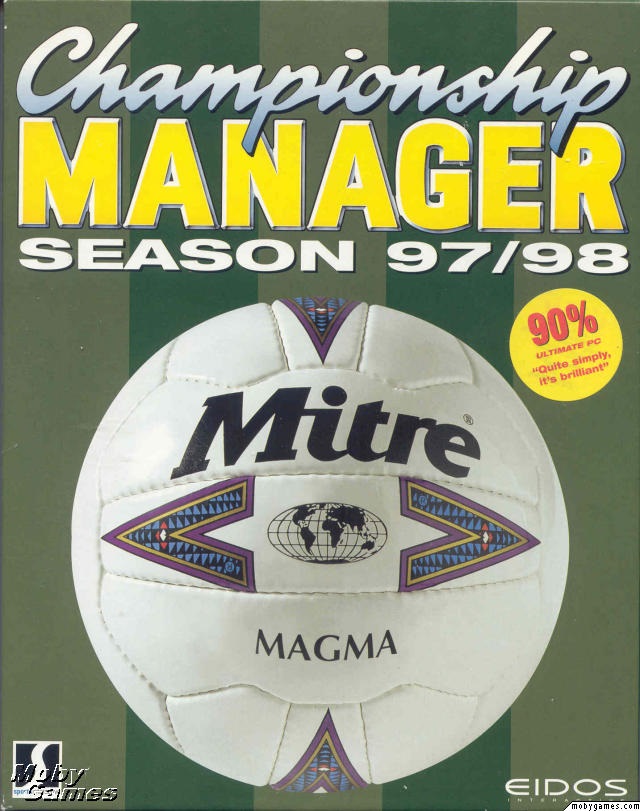
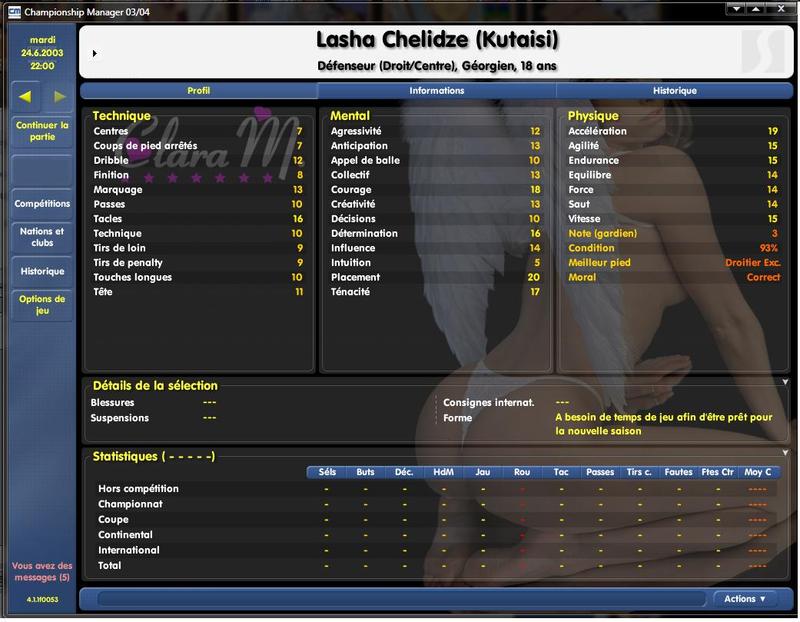
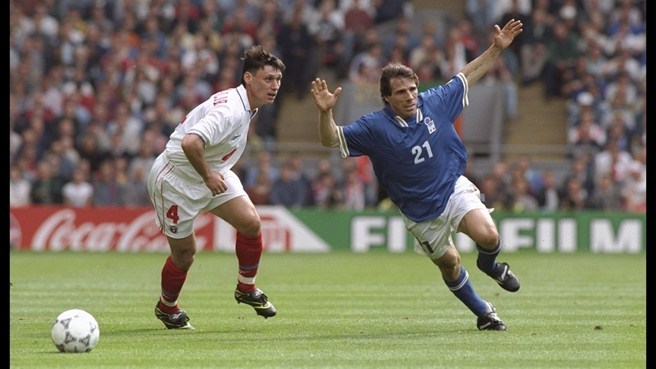
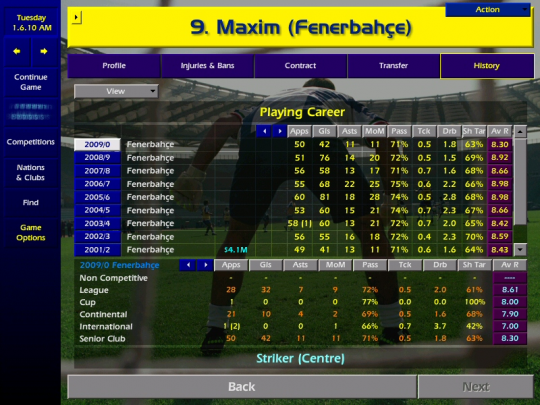

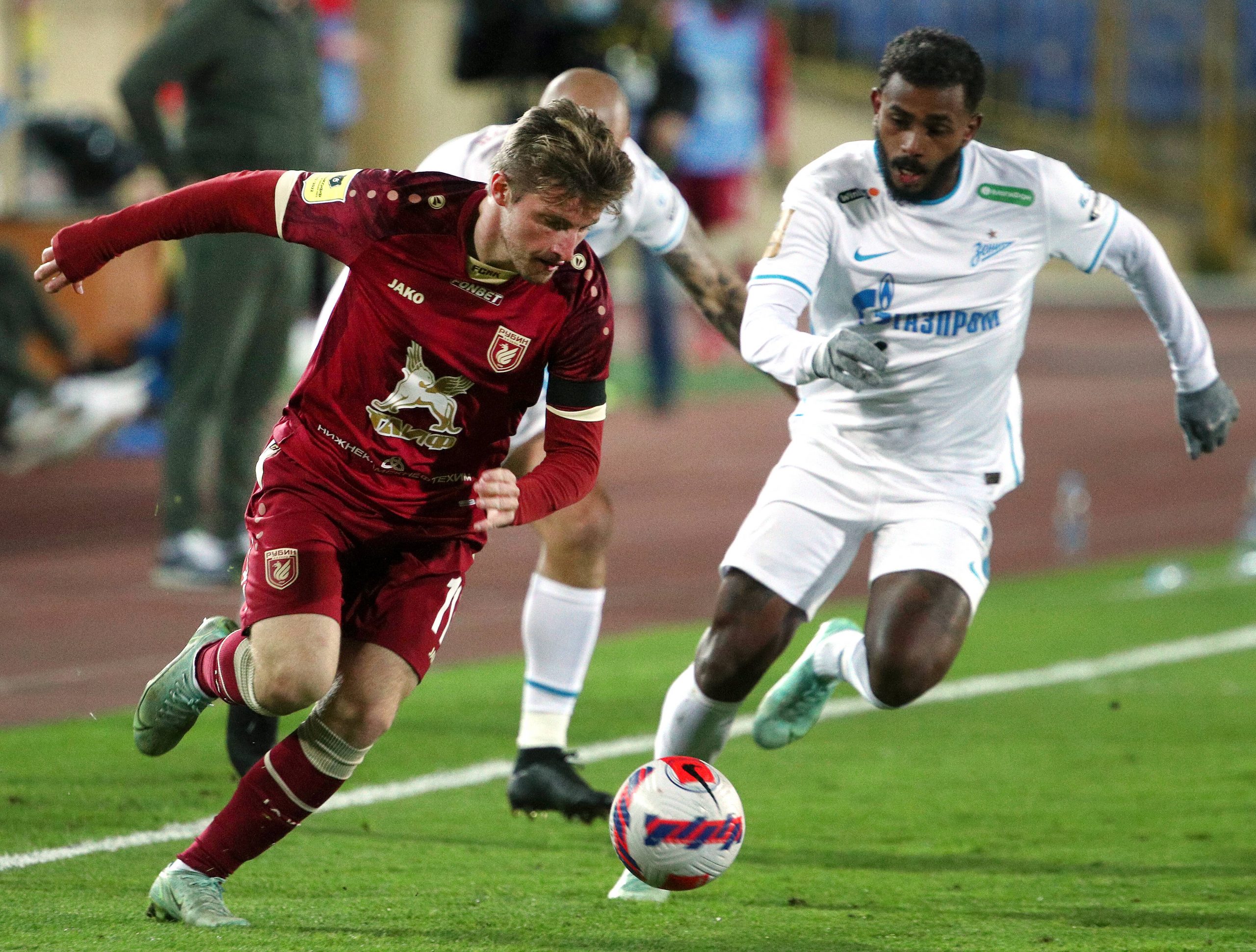
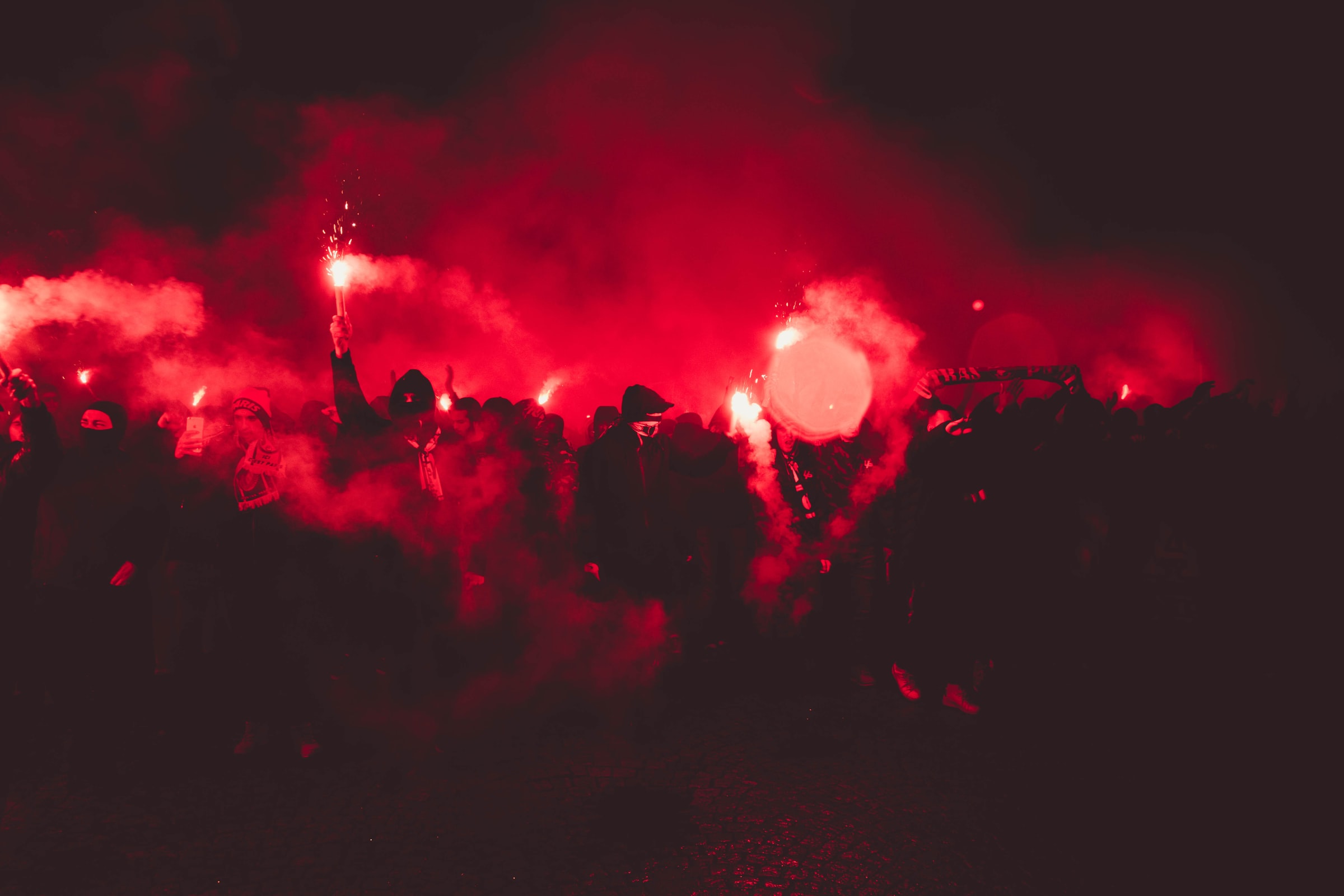
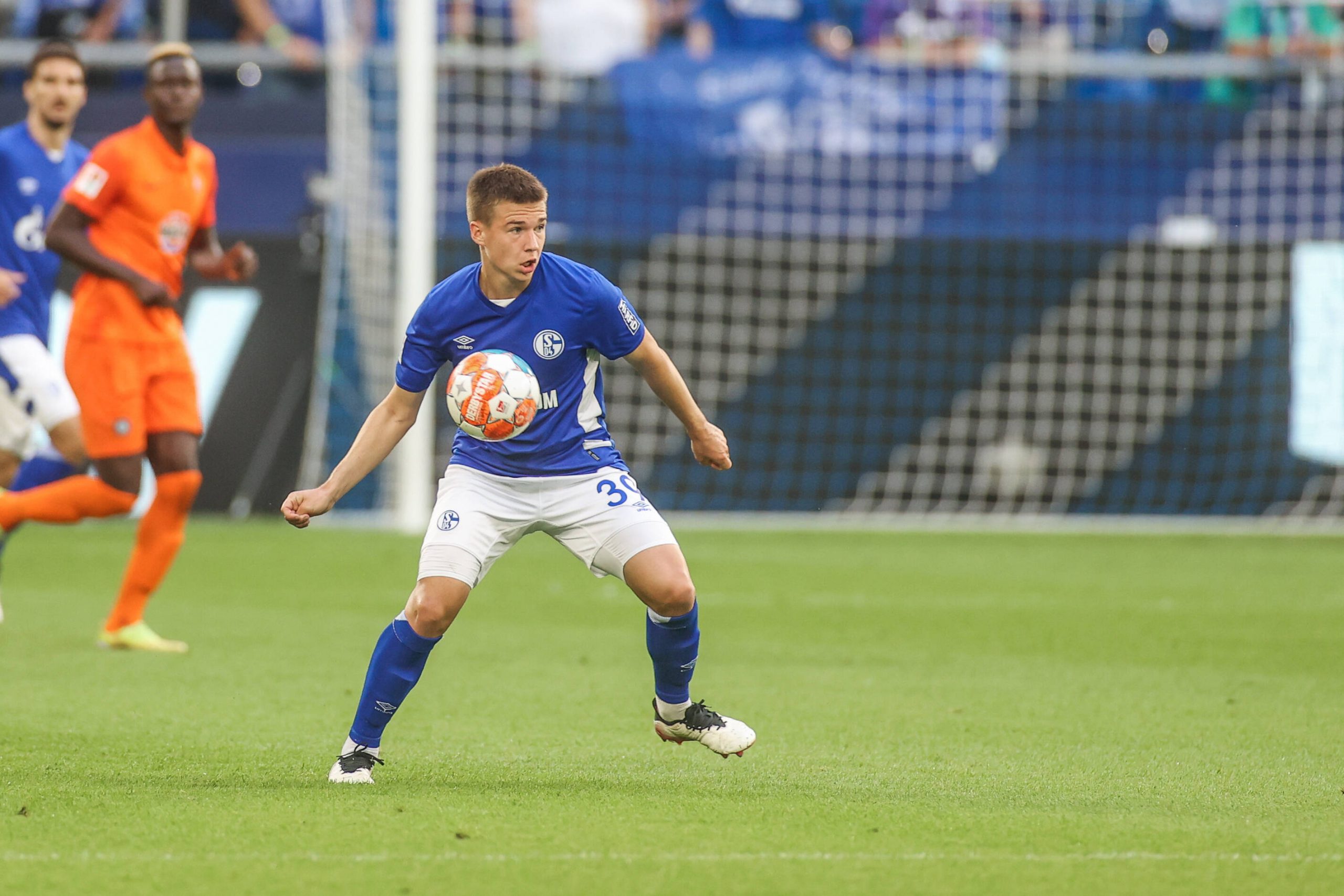
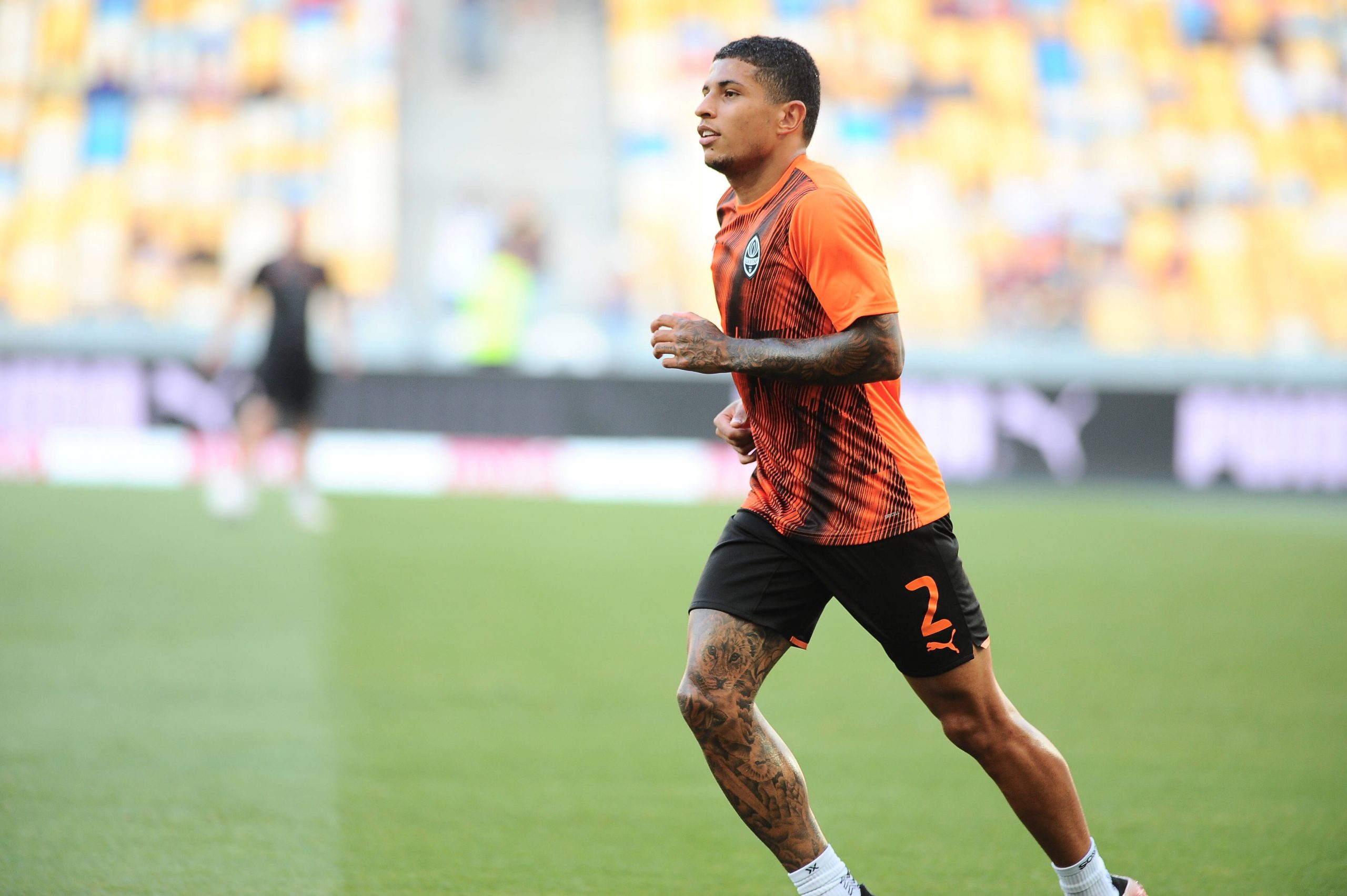
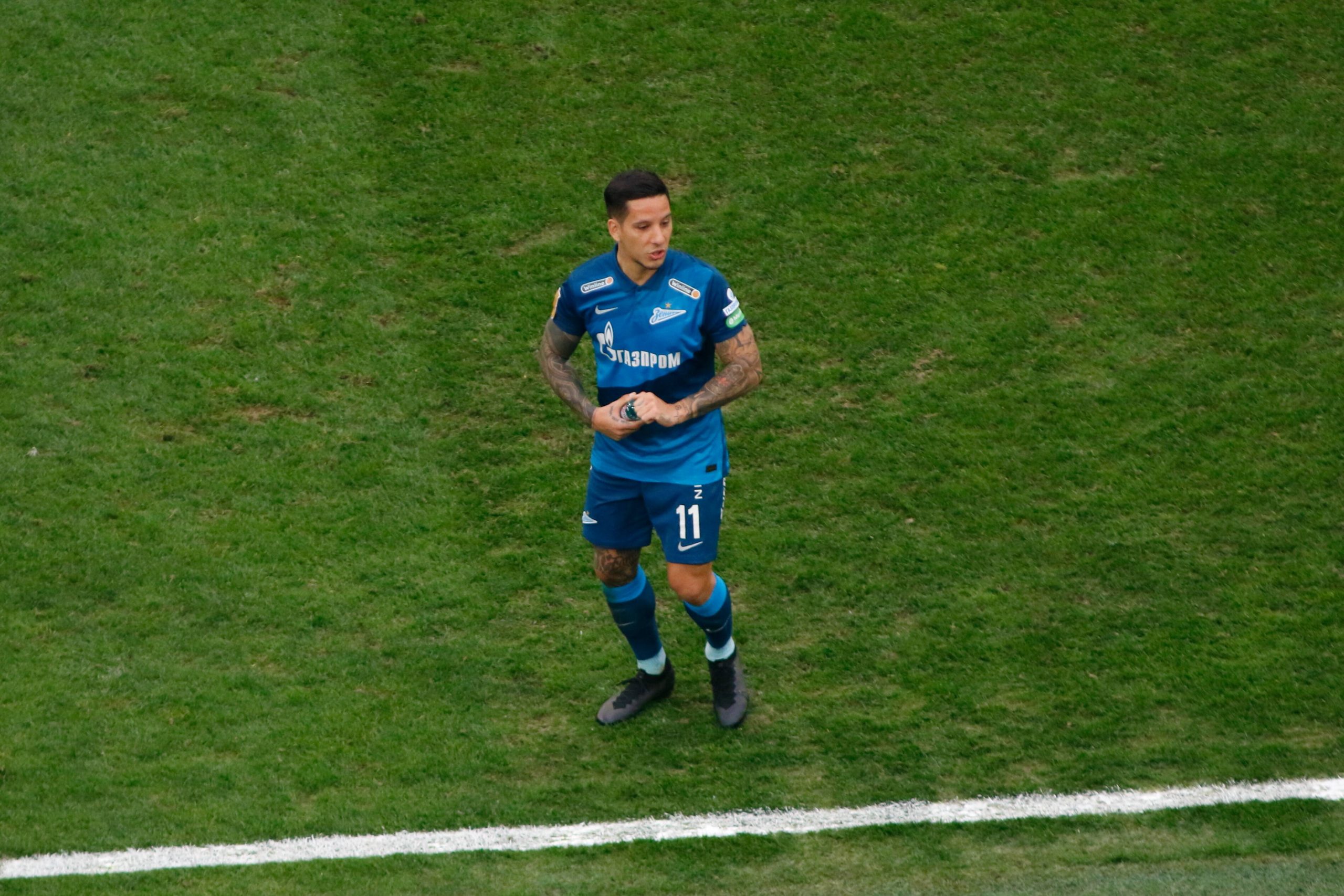
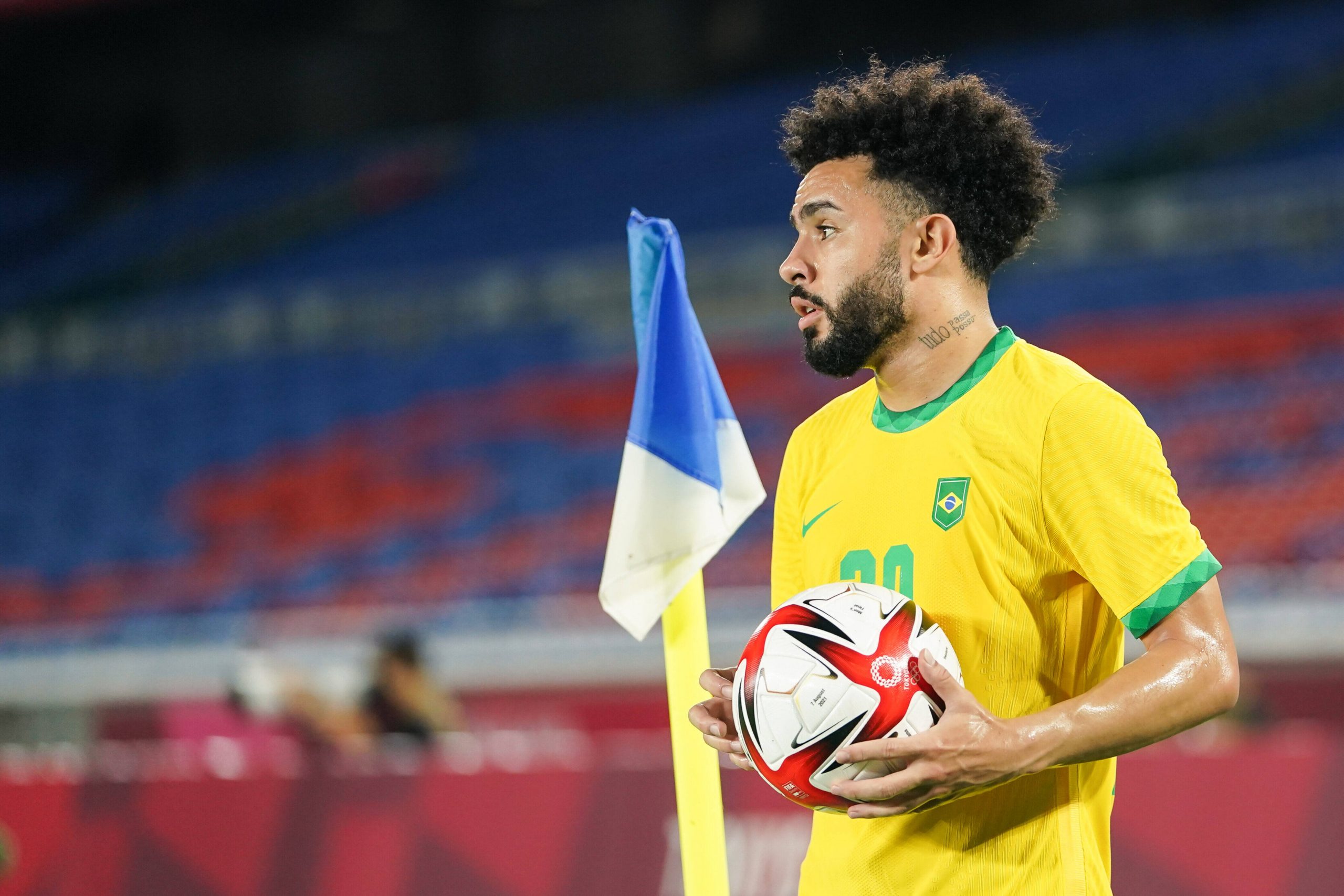

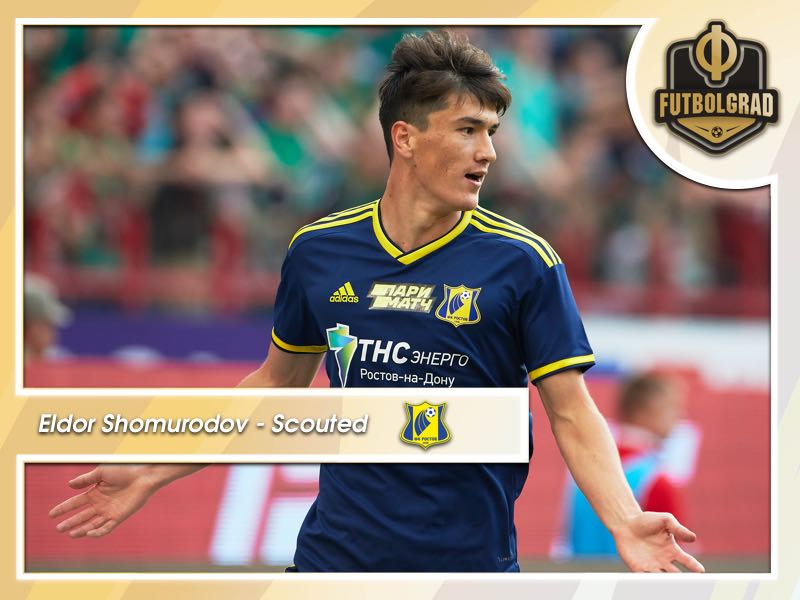
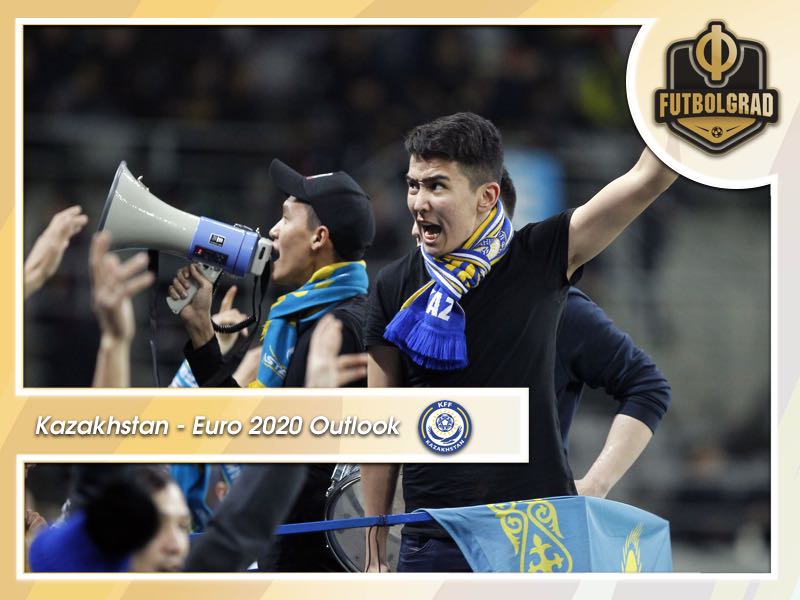
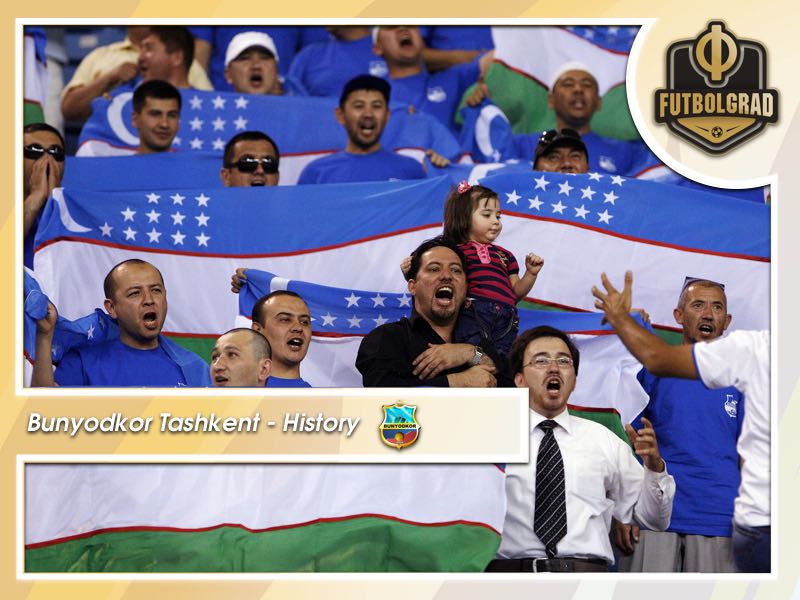
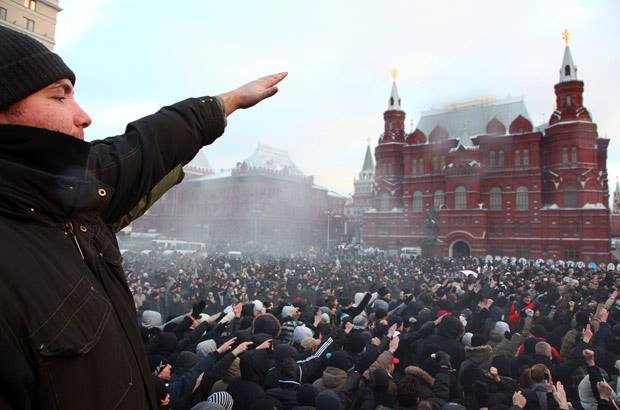
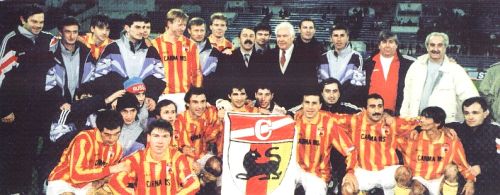
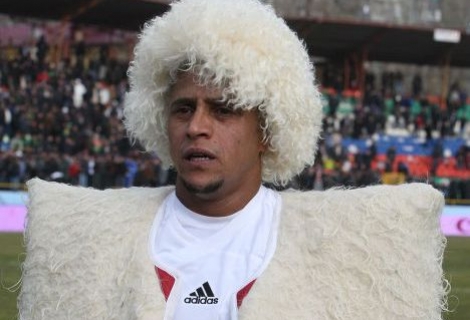
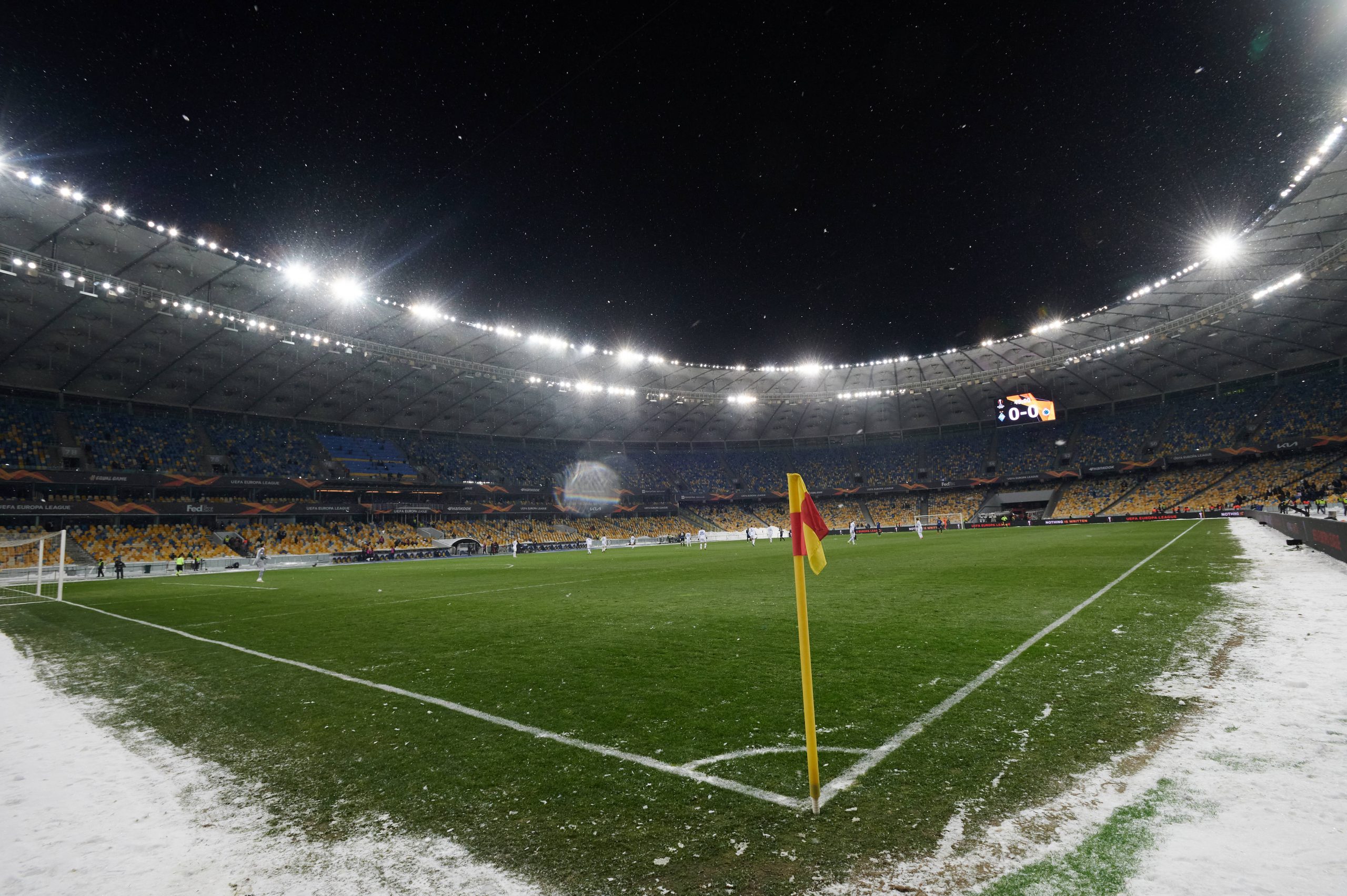
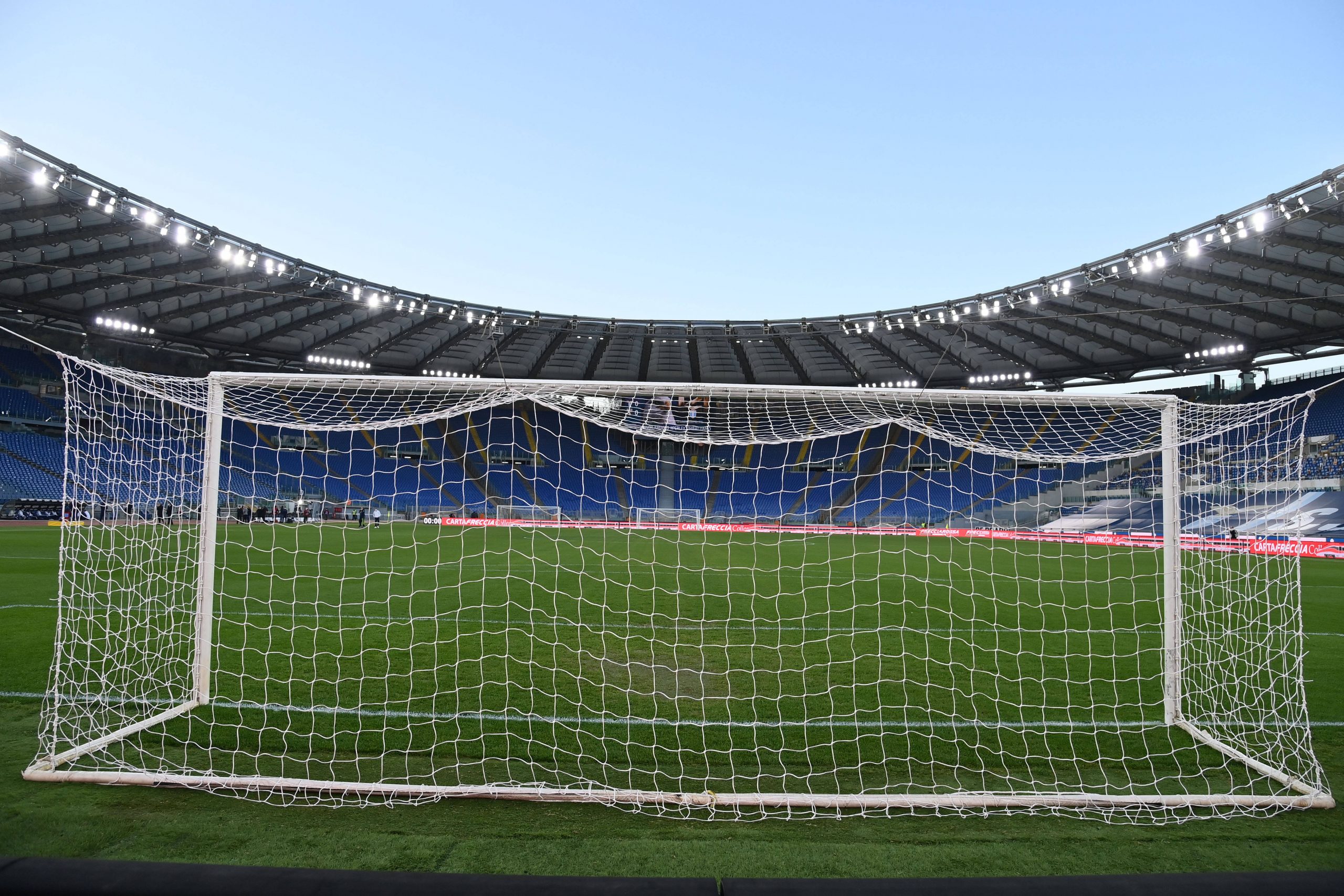
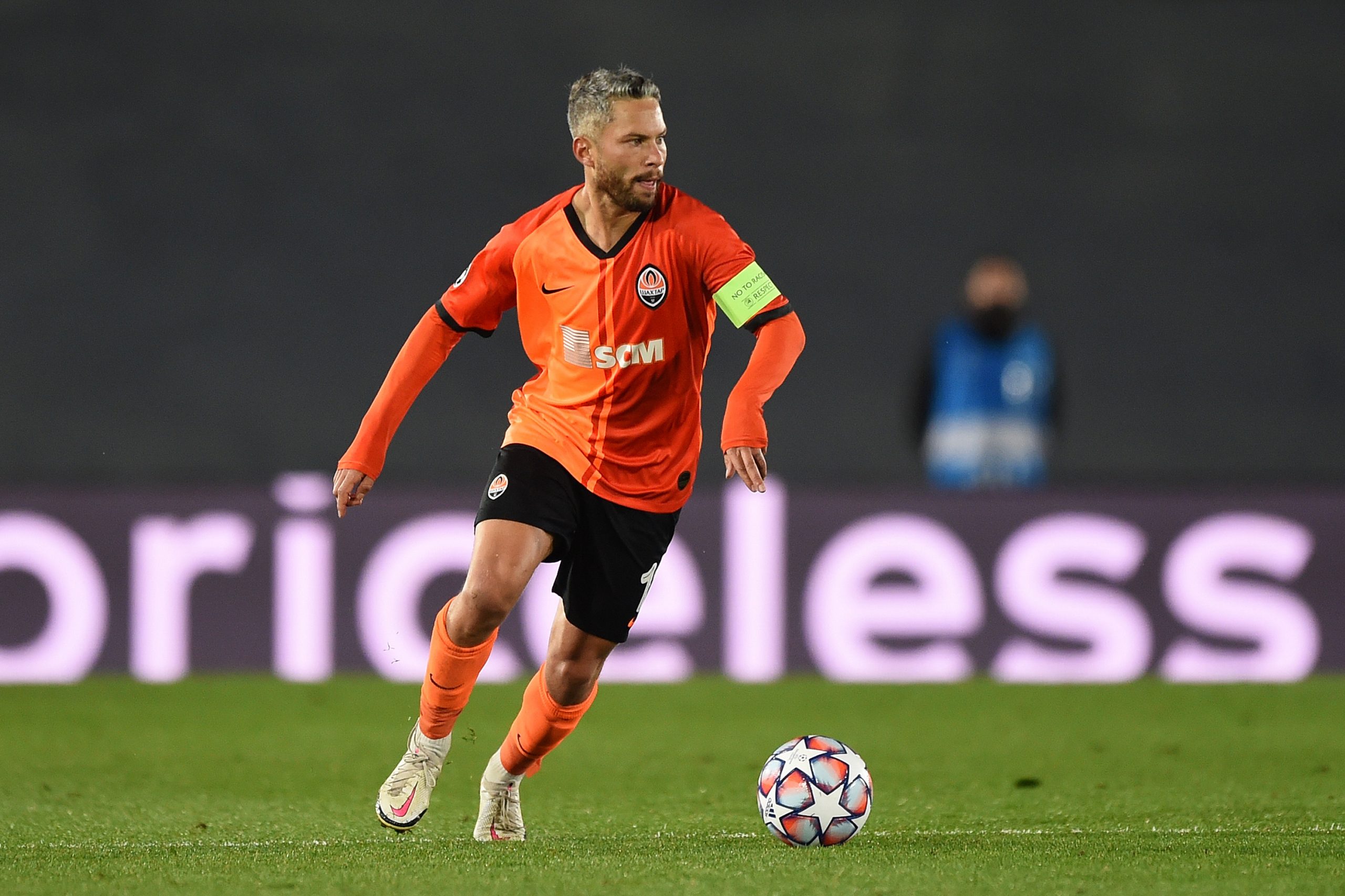
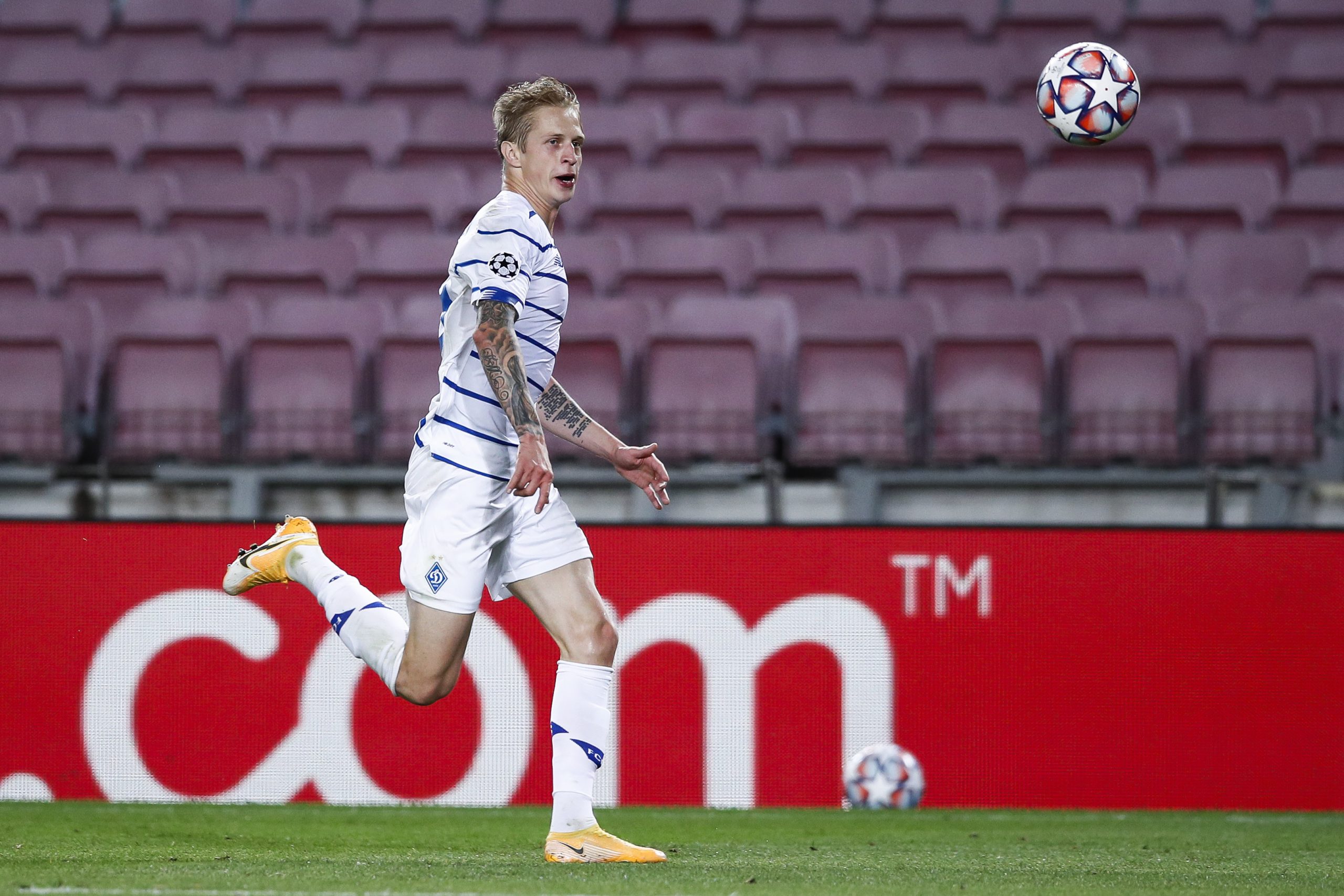
COMMENTS
Great team. Two glaring omissions though: Sergey Nikiforenko an incrediblly talented AMC on CM 01/02 and Artem Milevskiy who was a left back who actually plays for Ukraine now as a striker I think?! Oh and Zdenko Muff from Tecos UAG in Mexico was a legend but he’s Yugoslavian so not really relevant but great name…